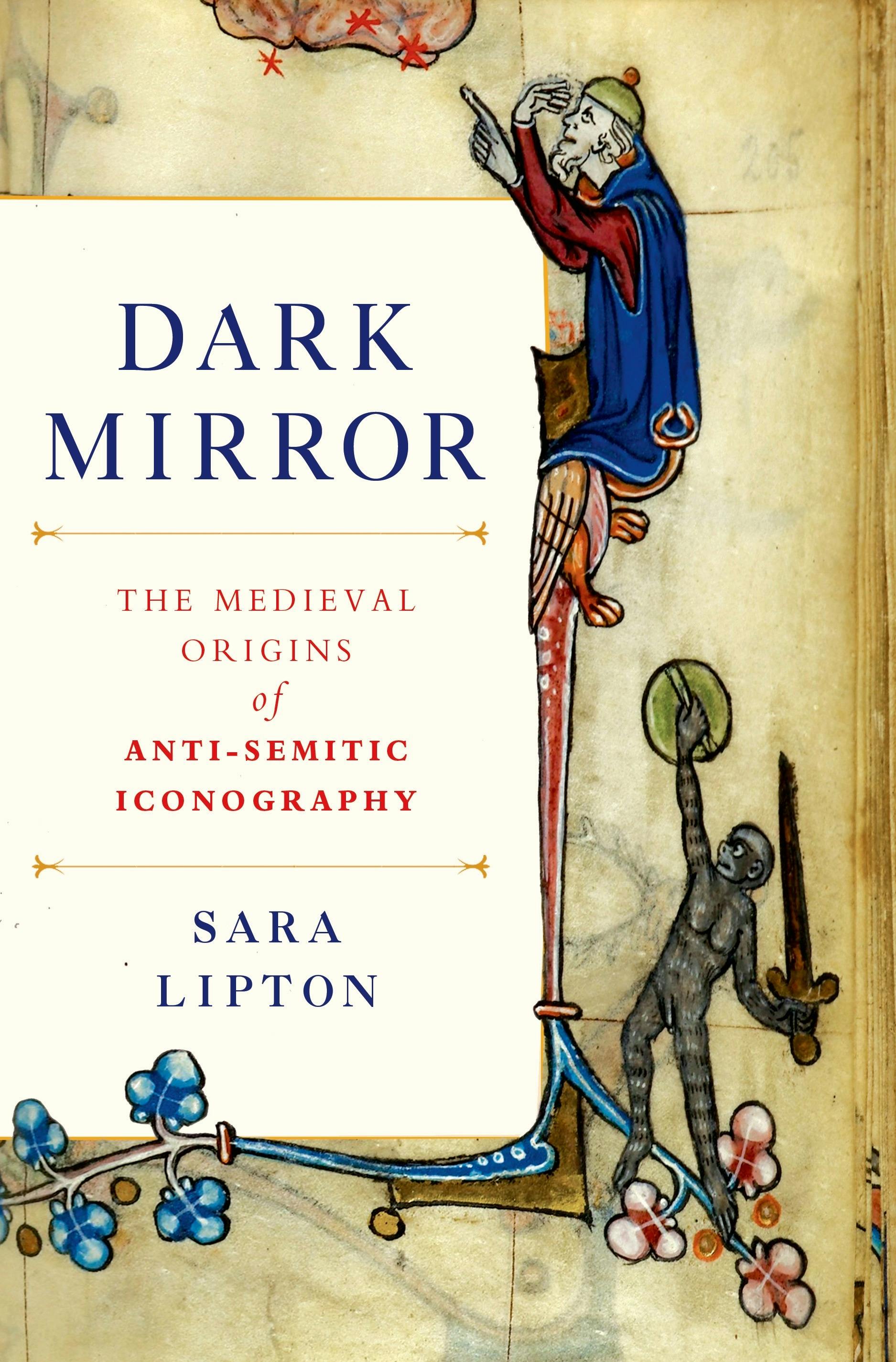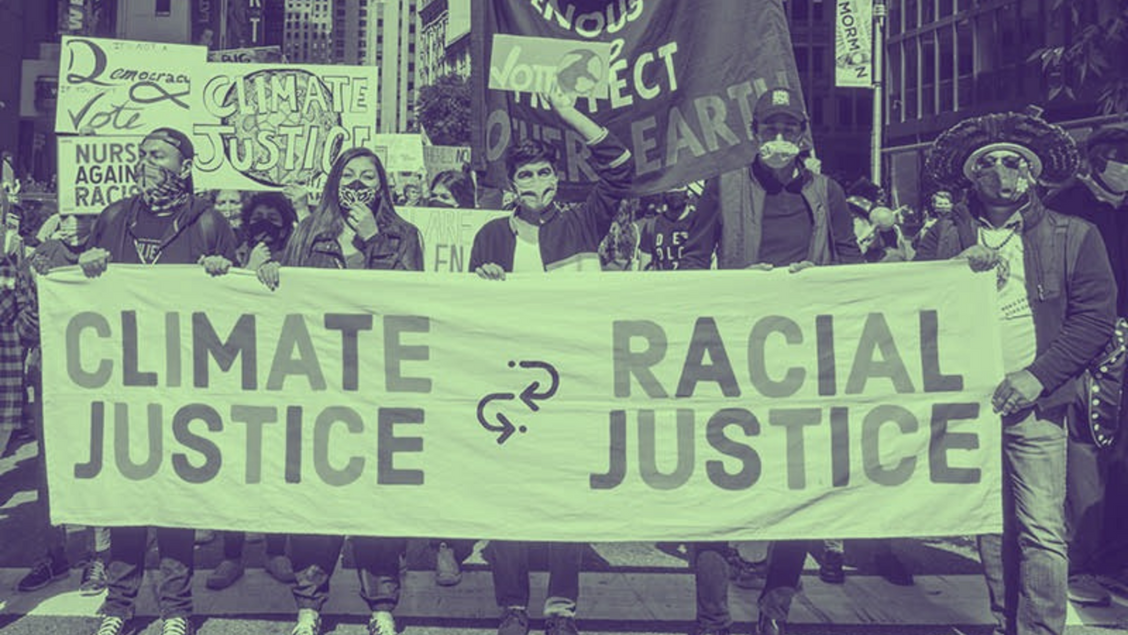The bubonic plague was the most commonly seen form during the Black Death, with a mortality rate of 30-75% and symptoms including fever of 38 – 41 °C (101-105 °F), headaches, painful aching joints, nausea and vomiting, and a general feeling of malaise. Of those who contracted the bubonic plague, 4 out of 5 died within eight days.
Dark Mirror
Timeline of significant events during and after the Black Death pandemic, from the arrival of the plague in Europe in 1347 to its subsequent spread throughout the continent over the next four years and the periodic recurrences of the plague in later decades of the 14th century. … This was the first great popular rebellion in English history

Source Image: callofduty.com
Download Image
Pieter Brueghel the Elder’s painting The Triumph of Death of the mid-1500s depicts the social upheaval brought on by the bubonic plague in medieval Europe, beginning in the 1300s. The skeletons represent death in its inevitability and creativity of means.

Source Image: nmaahc.si.edu
Download Image
The source of the Black Death in fourteenth-century central Eurasia | Nature
The Black Death arrived on European shores in 1348. By 1350, the year it retreated, it had felled a quarter to half of the region’s population. In 1362, 1368, and 1381, it struck again—as it would periodically well into the 18th century.

Source Image: gen.medium.com
Download Image
How Was The Black Plague A Turning Point In History
The Black Death arrived on European shores in 1348. By 1350, the year it retreated, it had felled a quarter to half of the region’s population. In 1362, 1368, and 1381, it struck again—as it would periodically well into the 18th century.
The Black Death was a bubonic plague pandemic occurring in Europe from 1346 to 1353. One of the most fatal pandemics in human history, as many as 50 million people perished, perhaps 50% of Europe’s 14th century population. Bubonic plague is caused by the bacterium Yersinia pestis and spread by fleas. One of the most significant events in European history, the Black Death had far-reaching
How the Black Death Radically Changed the Course of History | by Steve LeVine | GEN
The Black Death was an epidemic of bubonic plague, a disease caused by the bacterium Yersinia pestis that circulates among wild rodents where they live in great numbers and density. Such an area is called a ‘plague focus’ or a ‘plague reservoir’. Plague among humans arises when rodents in human habitation, normally black rats, become infected.
Racial Discrimination in the United States: Human Rights Watch / ACLU Joint Submission Regarding the United States’ Record Under the International Convention on the Elimination of All Forms of Racial Discrimination | HRW

Source Image: hrw.org
Download Image
Black Death – Causes, Symptoms & Impact | HISTORY
The Black Death was an epidemic of bubonic plague, a disease caused by the bacterium Yersinia pestis that circulates among wild rodents where they live in great numbers and density. Such an area is called a ‘plague focus’ or a ‘plague reservoir’. Plague among humans arises when rodents in human habitation, normally black rats, become infected.

Source Image: history.com
Download Image
Dark Mirror
The bubonic plague was the most commonly seen form during the Black Death, with a mortality rate of 30-75% and symptoms including fever of 38 – 41 °C (101-105 °F), headaches, painful aching joints, nausea and vomiting, and a general feeling of malaise. Of those who contracted the bubonic plague, 4 out of 5 died within eight days.

Source Image: us.macmillan.com
Download Image
The source of the Black Death in fourteenth-century central Eurasia | Nature
Pieter Brueghel the Elder’s painting The Triumph of Death of the mid-1500s depicts the social upheaval brought on by the bubonic plague in medieval Europe, beginning in the 1300s. The skeletons represent death in its inevitability and creativity of means.

Source Image: nature.com
Download Image
Racial Capitalocene | Verso Books
This bacterium caused the Black Death, a plague pandemic that moved from Asia to Europe in just a few decades, wiping out one-third to one-half of all human life wherever it touched.

Source Image: versobooks.com
Download Image
11 Worst Torture Methods in History
The Black Death arrived on European shores in 1348. By 1350, the year it retreated, it had felled a quarter to half of the region’s population. In 1362, 1368, and 1381, it struck again—as it would periodically well into the 18th century.

Source Image: bestdiplomats.org
Download Image
The Paris Review – Recognizing the Stranger – The Paris Review
The Black Death was a bubonic plague pandemic occurring in Europe from 1346 to 1353. One of the most fatal pandemics in human history, as many as 50 million people perished, perhaps 50% of Europe’s 14th century population. Bubonic plague is caused by the bacterium Yersinia pestis and spread by fleas. One of the most significant events in European history, the Black Death had far-reaching

Source Image: theparisreview.org
Download Image
Black Death – Causes, Symptoms & Impact | HISTORY
The Paris Review – Recognizing the Stranger – The Paris Review
Timeline of significant events during and after the Black Death pandemic, from the arrival of the plague in Europe in 1347 to its subsequent spread throughout the continent over the next four years and the periodic recurrences of the plague in later decades of the 14th century. … This was the first great popular rebellion in English history
The source of the Black Death in fourteenth-century central Eurasia | Nature 11 Worst Torture Methods in History
This bacterium caused the Black Death, a plague pandemic that moved from Asia to Europe in just a few decades, wiping out one-third to one-half of all human life wherever it touched.